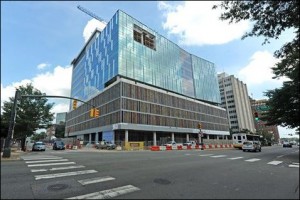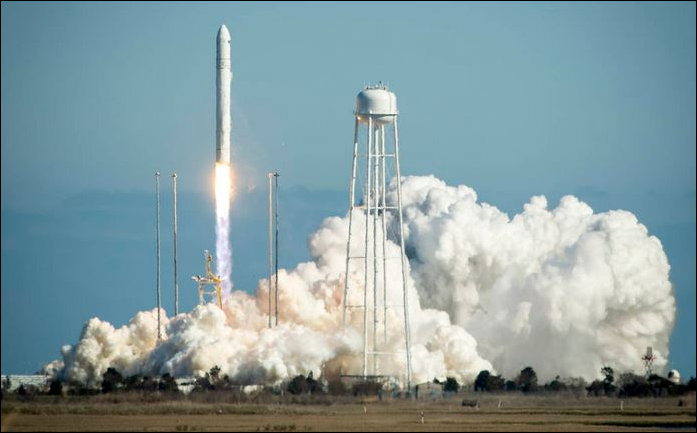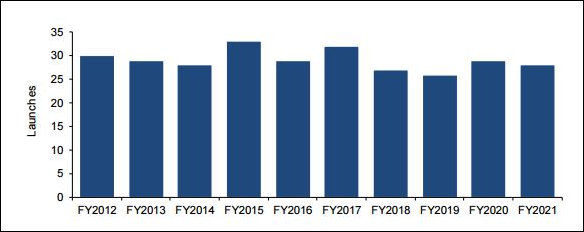
by James A. Bacon
I’ve been covering business in Virginia four nearly four decades now, and I have to say, the electric power industry may be the most complex and difficult to understand. I freely admit that I have a steep learning curve ahead of me, and it’s pretty clear that other Virginia journalists do, too. But at least the Richmond Times-Dispatch appears to be trying. The latest case in point is a front-page feature story about solar energy published Sunday. The article by John Ramsey omitted some critical pieces of the debate but he did surface some valuable perspectives. In itself, the story was incomplete. (The same can be said of my coverage.) But if seen as part of an ongoing dialogue in which the Virginia public builds a workable knowledge of the issues, it makes a worthwhile contribution.
The thesis of Ramsey’s story is that Virginia lags neighboring Maryland and North Carolina in the installation of solar energy and is missing a major economic opportunity as a result. The Old Dominion ranks 30th nationally in installed solar capacity, with only 14 megawatts installed, compared to 242 megawatts in Maryland and 1,011 megawatts in North Carolina. Admittedly, that gap will diminish if Dominion Virginia Power makes good on plans to install 400 megawatts by 2020, and as merchant providers such as Amazon Web Services, which has announced plans to build an 80-megawatt facility on the Eastern Shore, start coming on line.
The unstated assumption of the article is that large-scale installation of solar power is a desirable thing, that it would create thousands of construction jobs, and that it should be expedited by state policy. Nowhere in the article, however, does Ramsey acknowledge the inherent variability of solar: Panels don’t generate electricity at night and output plummets when it’s cloudy. Intermittent production creates huge challenges for the reliability and stability of the electric grid, and companies must maintain expensive backup capacity to fill in when solar output is deficient. To my mind, it is impossible to discuss intelligently the benefits of solar without acknowledging these challenges.
Ramsey does raise one interesting issue, however. “Dominion’s incentive to build and own its solar farms at the expense of private developers,” he writes, “could continue to stifle the market in Virginia, even in the face of the new federal law requiring power companies to reduce carbon emissions with clean energy.” He quotes Francis Hodsoll, president of the Virginia Advanced Energy Industries Association (VAEIA), as saying, “Here in Virginia, [solar] hasn’t really been allowed to grow. Our policies don’t support it. Now we have a situation where Virginia wants to see solar being built and our utility wants to build it themselves.” Building its own solar plants, Hodnoll contends, is more lucrative than buying production from independent power producers because Dominion can generate a 10% return on equity on its own facilities, which it can’t do when it buys power from someone else.
Does Dominion suppress independent solar power production in order to maximize its own profit? Dominion is a profit-making institution, so it would surprise no one if it pursues policies designed to maximize its profitability. But is that, in fact, what it is doing? Could Dominion be shaping its actions to obtain regulatory approval from the State Corporation Commission, whose job it is to juggle the priorities of electric rates, grid reliability and green energy?
Another factor to consider: Independent producers do not require SCC or Dominion approval to build solar plants in Virginia. They can, as Amazon Web Services proposes to do, sell into the PJM wholesale energy market, of which Dominion is a part. PJM maintains a separate market for green energy, which sells for a price premium over non-green energy. If an independent power company wants to sell green kilowatts into the wholesale market, there is nothing to stop it. I confess, I do not fully understand how the wholesale markets function. But any discussion of solar policy in Virginia is incomplete without such knowledge.
More questions that need asking… During a July General Assembly hearing, Dominion announced that it was issuing a Request for Proposal for third parties to generate up to 20 megawatts of solar power to come online by 2016 or 2017. Hodsoll’s response on the VAEIA blog:
While Dominion’s announcement appears to provide the remedy sought by the industry, Dominion’s description of the process raised concerns about unreasonable deadlines and the complete lack of transparency.
Is Dominion stacking the deck in its own favor? Is this RFP a token gesture to appease greenies and other critics? Or is Dominion genuinely seeking to diversify its solar sourcing? Fair-minded journalists cannot presuppose answers either way. I would dig into this issue if I wasn’t already up to my neck in other unanswered questions. Perhaps the Times-Dispatch will go the extra mile and follow up on the questions arising from its article.













